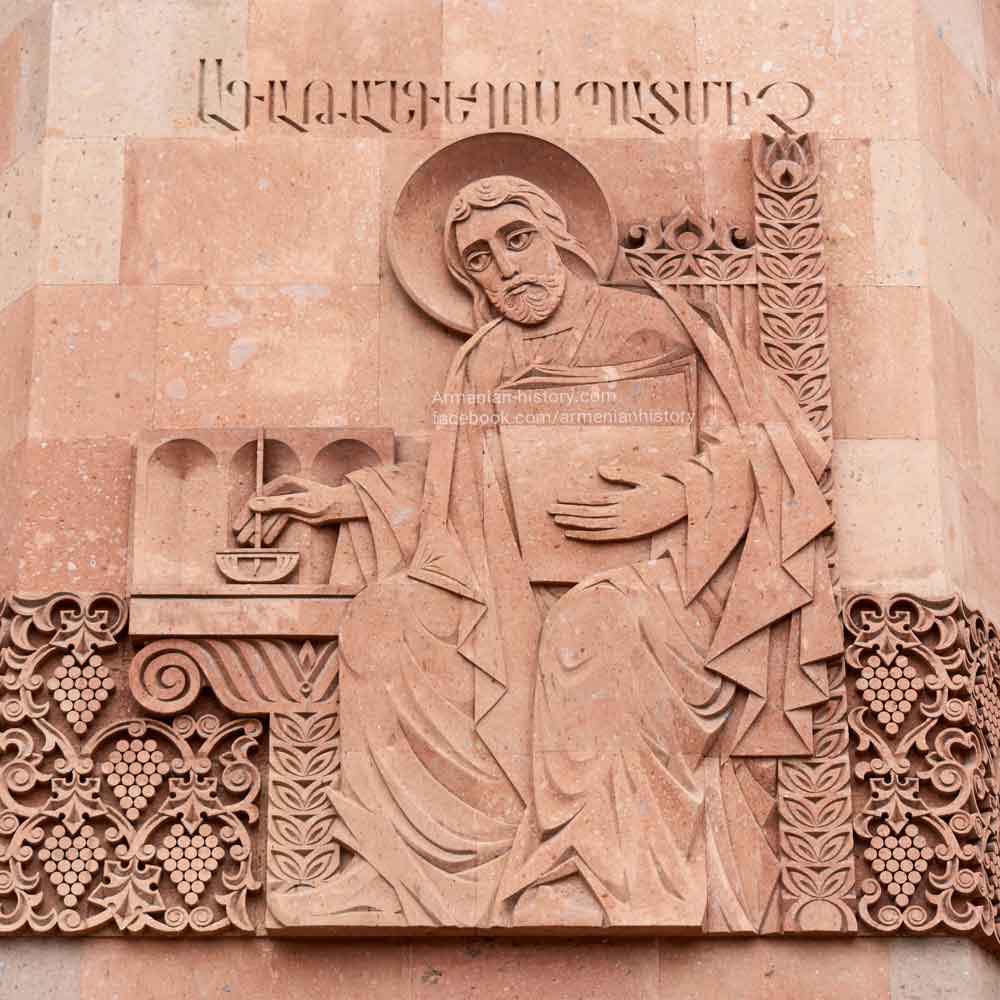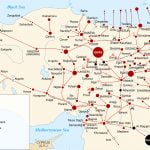The Armenian Cathedral of Moscow, officially known as the Cathedral of the Holy Transfiguration, is the largest Armenian church in Russia and one of the most prominent Armenian religious structures outside Armenia. Located in the Armenian district of Moscow on Olympiysky Prospekt, the cathedral serves as the spiritual center for the Armenian Apostolic community in the Russian capital.
Construction of the cathedral began in 2006 under the patronage of the Armenian Diocese of Russia and New Nakhichevan, with the support of the Armenian diaspora and the Russian state. Designed by architect Artak Ghulyan, the cathedral reflects traditional Armenian architectural principles, featuring a tall conical dome, intricate stone carvings, and tufa stone imported from Armenia. It was officially consecrated in 2013 by Catholicos Karekin II, the Supreme Patriarch of All Armenians.



The cathedral complex includes not only the main church building but also a diocesan center, cultural halls, and educational facilities, making it a hub for preserving Armenian heritage, language, and Christian faith in the Russian Federation. Within its walls, you’ll also find reliefs of early Armenian saints and scholars, such as Agathangelos, further emphasizing the cathedral’s role as both a religious and historical monument.
As one of the most visible symbols of the Armenian presence in Moscow, the Cathedral of the Holy Transfiguration represents a profound connection between the Armenian people and their centuries-long history of faith and resilience—even beyond their ancestral homeland.



